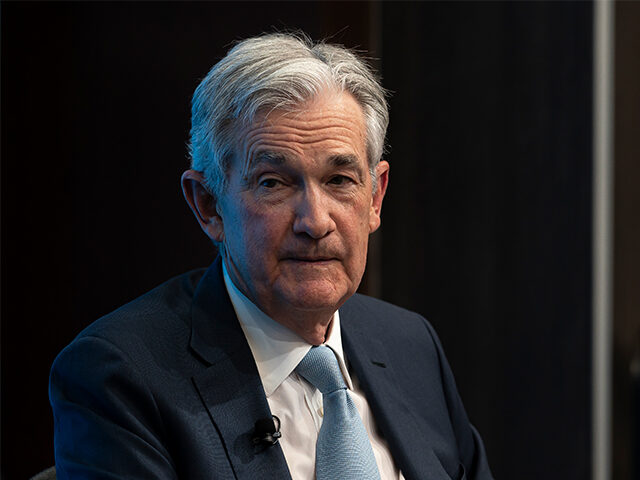Chairman Jerome Powell on Wednesday ruled out the idea that the Fed might raise its benchmark interest rate by 75 basis points at its meeting two weeks from now, while stressing rate hikes will continue and monetary policy will remain restrictive for some time to beat inflation.
The market focused on what appears to be a promise to slow the pace of hikes down to 50 basis points at the December meeting and perhaps even slower than that at next year’s meetings. “Monetary policy affects the economy and inflation with uncertain lags, and the full effects of our rapid tightening so far are yet to be felt. Thus, it makes sense to moderate the pace of our rate increases as we approach the level of restraint that will be sufficient to bring inflation down. The time for moderating the pace of rate increases may come as soon as the December meeting,” Powell said in a speech at the Brookings Institution.
The more interesting parts of the speech, however, were Powell’s remarks on the failure of most market participants and forecasters to correctly see how inflation would develop:
Twelve-month core PCE inflation stands at 5.0 percent in our October estimate, approximately where it stood last December when policy tightening was in its early stages. Over 2022, core inflation rose a few tenths above 5 percent and fell a few tenths below, but it mainly moved sideways. So when will inflation come down?
I could answer this question by pointing to the inflation forecasts of private-sector forecasters or of FOMC participants, which broadly show a significant decline over the next year. But forecasts have been predicting just such a decline for more than a year, while inflation has moved stubbornly sideways. The truth is that the path ahead for inflation remains highly uncertain. For now, let’s put aside the forecasts and look instead to the macroeconomic conditions we think we need to see to bring inflation down to 2 percent over time.
While it sounds a bit shocking to have the head of the world’s most important central bank tell the market to “put aside forecasts,” Powell is actually hewing close to his long-term approach. Prior to the arrival of post-pandemic inflation, Powell insisted that the Fed would keep rates low until the Fed saw the labor market reach maximum employment and inflation’s medium-term average reach the Fed’s two percent target. Randall Forsythe at Barron’s described this as a policy of “don’t shoot till you see the whites of their eyes.”
This was a big departure from the accepted practice of central banking in earlier eras. The Fed and other major central banks tended to attempt to head off inflation by preemptively tightening when its forecasts said maximum employment was approaching. Indeed, this preemptive policy was a source of conflict between President Donald Trump and Powell prior to the pandemic. Trump frequently complained that the Fed should not have been raising rates when inflation was still undershooting the Fed target.
Powell’s speech on Wednesday promised more “the whites of their eyes” policymaking. He made it clear that the Fed is not going to preemptively cut interest rates based on forecasts of inflation coming down. Instead, it will continue to raise rates for some time and hold them at a high and restrictive level—how high remains to be seen—until inflation came down to the Fed’s target. He pointed out that there is quite a bit of ground to cover between here and there, meaning rates will likely remain at whatever peak rate they reach throughout next year.
Powell was also very clear about how the Fed thinks higher rates will bring down inflation. “We are tightening the stance of policy in order to slow growth in aggregate demand. Slowing demand growth should allow supply to catch up with demand and restore the balance that will yield stable prices over time. Restoring that balance is likely to require a sustained period of below-trend growth,” he said.
In other words, the Fed is aiming for a sluggish economy at best. That should be a negative for profit growth next year, which should be a negative for stock prices. Yet stocks rallied on the news, presumably because investors were happy to see Powell take another 75 basis points off the table. If stocks continue to rally between now and the Fed meeting in two weeks, Powell may have to take a harsher tone to prevent higher stock prices from unduly loosening financial conditions.

COMMENTS
Please let us know if you're having issues with commenting.